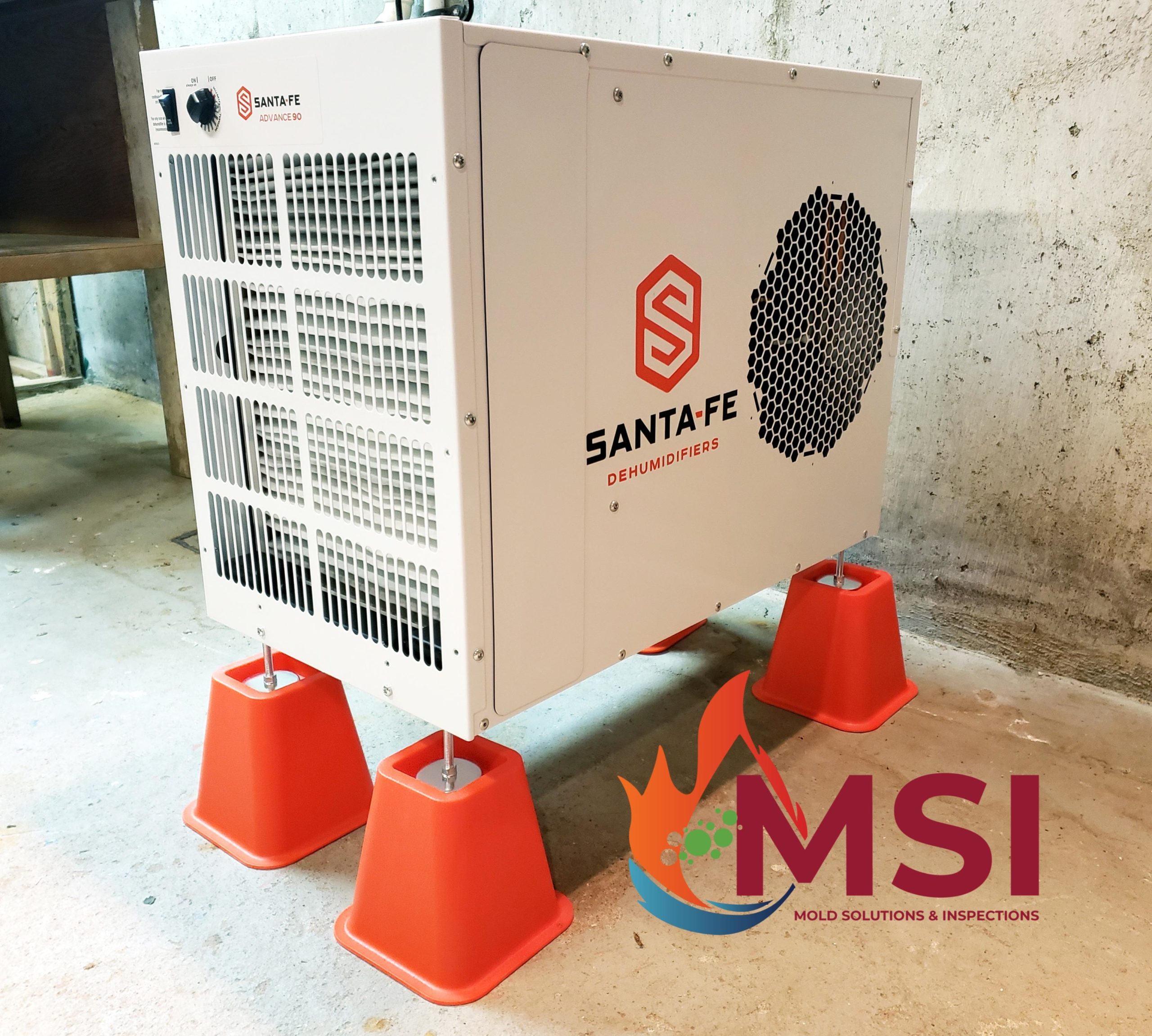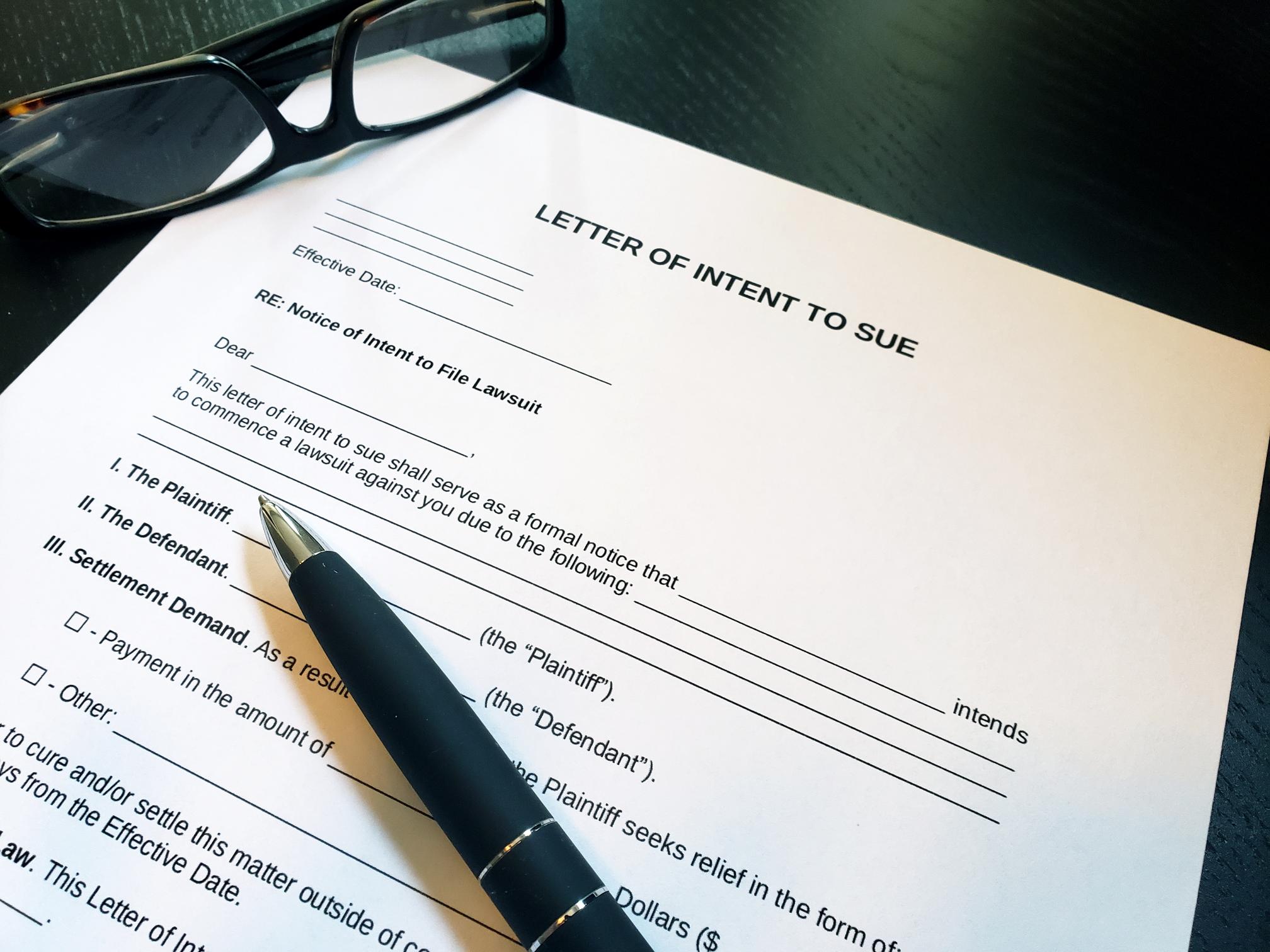The most effective way to speed the drying process is to remove as much of the water in a liquid state as possible during the extraction phase. Poor extraction will significantly slow the drying process.
Extraction and evaporation with dehumidifcation are the only ways water can be removed from a wet structure. During the extraction process, liquid water is vacuumed, mopped, squeegeed or otherwise removed from the structure. Disposing waste water is not something can be done in storm drains, so be sure your contractor abides local laws and regulations when disposing such waters.
The most important factor in extraction is not how much water is removed, but how much water is left behind. It is important to remember that every drop of water left behind will add time to the drying project.
If deep extraction is not available, the carpet cushion must be removed to prevent lengthy drying times. Otherwise, excess water will remain in the carpet underlay. This water must be removed through dumidification, which prolongs the drying process. It also increases the amount of equipment required to meet drying timelines and drastically increases the likelihood of secondary damage to the structure and its contents. Because carpet loses 80% to 85% of its strength when its wet, it is vital to treat the carpet gently as possible until it dries.
A water restoration company should be certified in Water Restoration and Structural Drying, and also carry the insurance necessary to carry out such a task. We are the Angie’s List Award Winner for Water Damage Restoration for 3 consecutive years, and the only company on their site to ever have that claim.
Visit our website at biowashing.com








